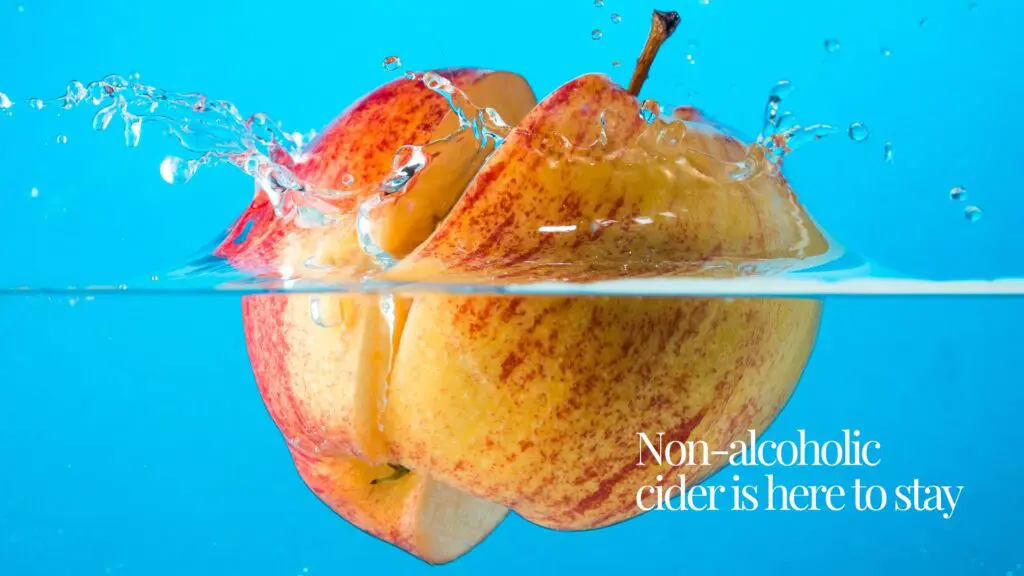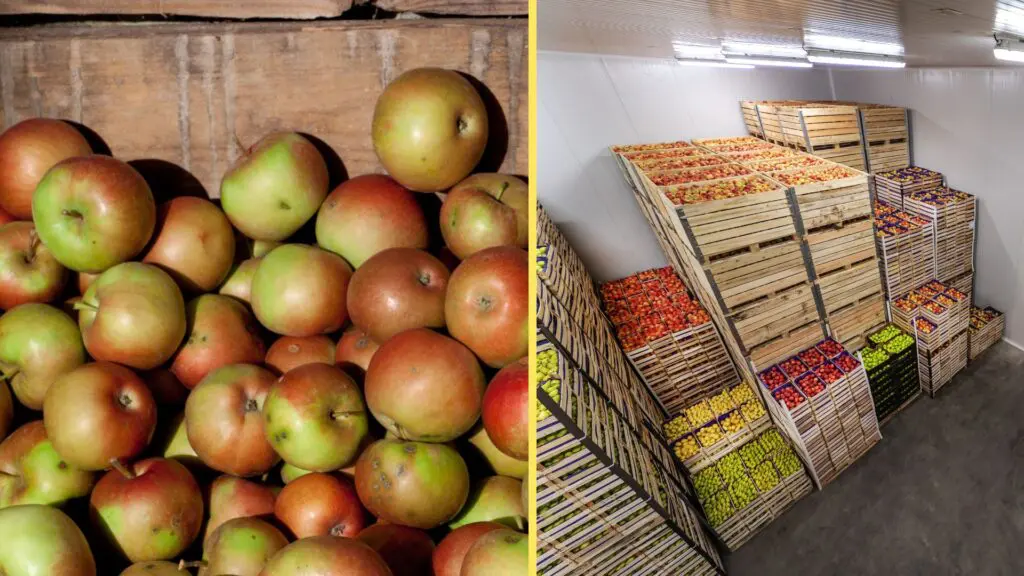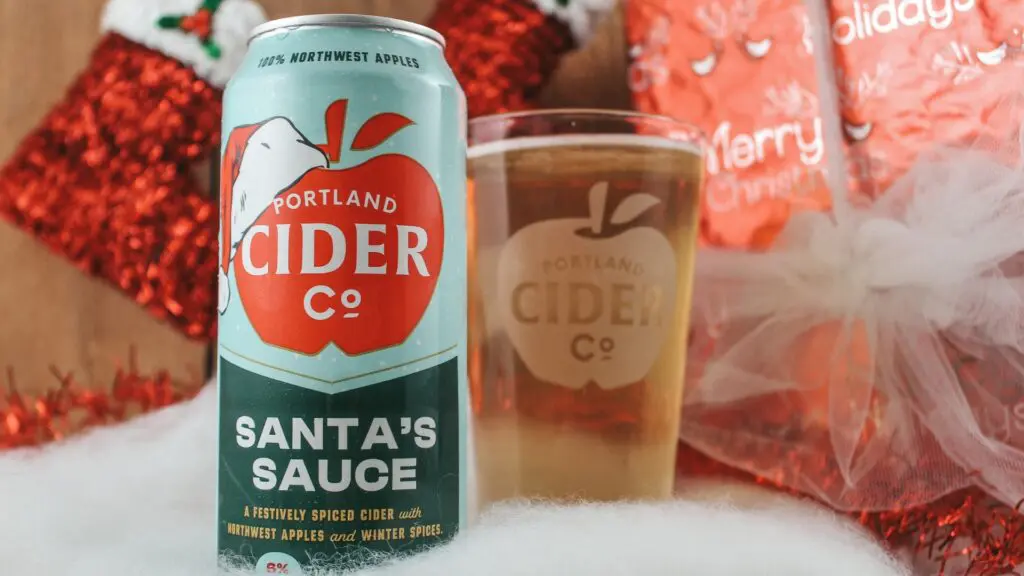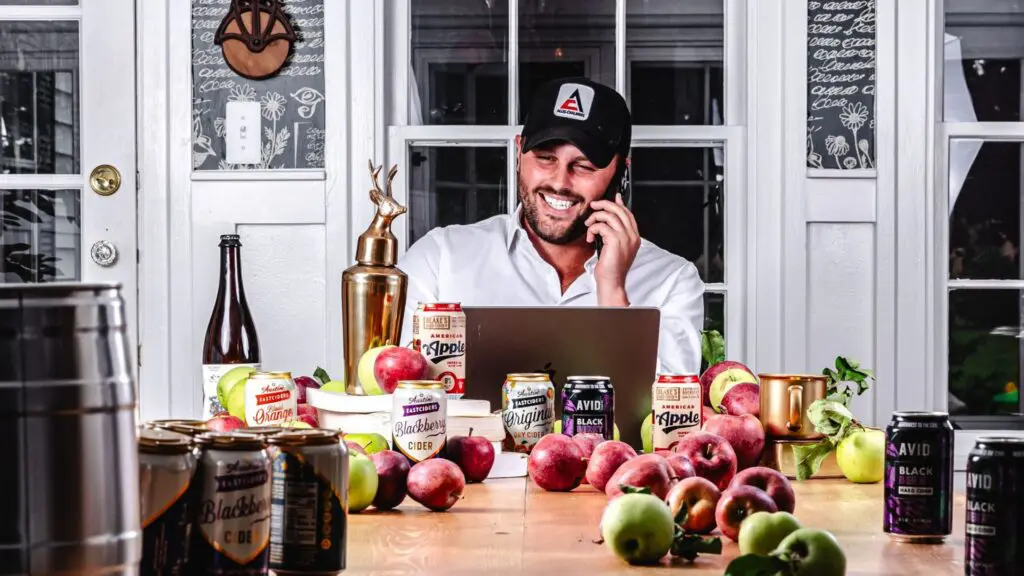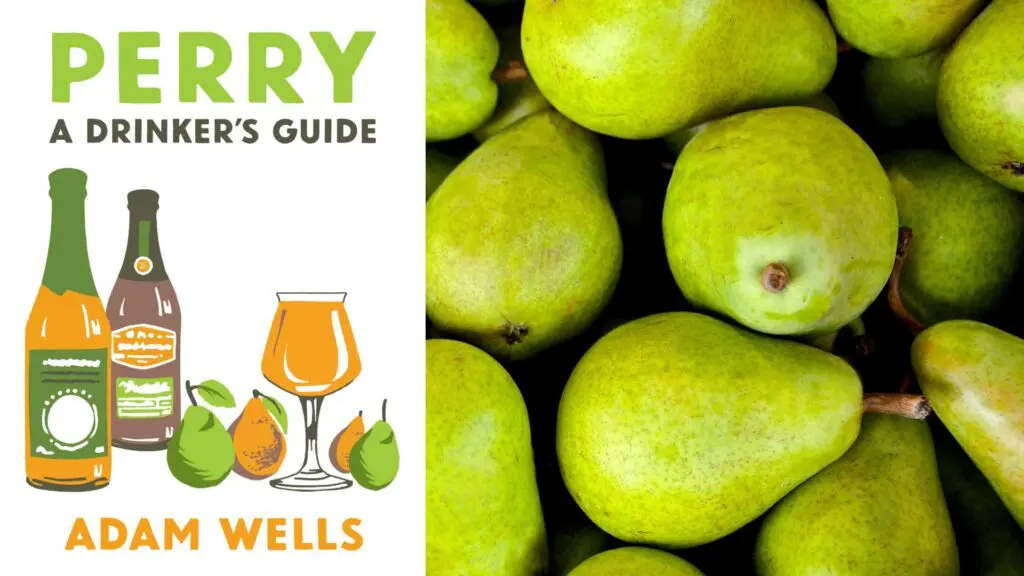Making alcohol without alcohol sounds like the beginning of a Saturday Night Live skit. And until recently, that’s how it was treated by cidermakers, brewers, winemakers and distillers.
But times have changed. Pregnant women, teetotalers and occasional abstainers want to indulge in cocktail hour with other adults, and they’re sick of drinking seltzer and Shirley Temples. Plus, more drink lovers are seeking out tasty ciders, beers, wines and cocktails that still have some alcohol, just not as much.
Savvy producers have taken note, and the no- and low-alcohol market is now worth close to $10 billion, according to the latest figures from beverage market analysis firm IWSR. That’s an increase from $7.8 billion in 2018; it’s expected to continue to grow by a compound annual growth rate of 8 percent through 2025. Ordinary hooch, meanwhile, is projected to grow just 0.7 percent.
The growing market has seen many new producers enter the market, but plenty of highly respected small-scale craft producers have jumped in, too.
The Low
For Madrone Cellars & Cider on San Juan Island, Wash., the low-alcohol cider arrived in a new and exciting form.
“We are always looking for creative ways to make cider, and when we heard about piquettes we knew we had to do it,” says Shaun Salamida, cidermaker at Madrone. “Piquettes use the leftover pomace, which is the leftover dry pulp from pressing apples and pears. You take the pomace, rehydrate with water, add yeast, and voila! You have a fermentation going. We approach this similar to a red wine fermentation, twice a day we thoroughly stir the fermenting pomace to prevent oxidation. Once it goes dry, we press it off and let it age in neutral French oak barrels. This method is a no-brainer when you think about all the leftover fruit you have during harvest. Our piquette cider is 3.6 percent ABV, making it a perfect summertime beverage.”
Madrone released their first batch of Piquette in March of 2020, and were astounded by the response.
“It was an immediate success,” Salamida recalls. “Everyone loved how light and approachable the palate is, so we upped production from 30 to 130 cases of 500-milliliter bottles.”
The No
At WildCraft Cider Works in Eugene, Ore., owner Sean Kelly said he saw the process of creating a no-alcohol cider as a natural part of cider’s history and future.
“Making cider at home both with and without alcohol is a long tradition,” says Kelly. “France has a longstanding tradition of slowing fermentations down to the point that the yeast that makes the juice alcoholic doesn’t have the chance to ‘ferment them sugars.’ Jar fermenting was the method that led to the way we make non-alcoholic, alcoholic and cider vinegar. As a lover of raw, wild ingredients the alcoholic cider is a natural part of the juice expressed from the harvest. Sharing in the raw experience but also holding that expression year-round for kids is what kept that inspiration making its way into a bottle.”
Kelly says they have been serving raw juices since opening their doors in 2014, and they began selling light sparkling juices in jars shortly after.
Sea Cider Farm & Ciderhouse in British Columbia, Canada, also launched a no-alcohol line of ciders, dubbed Temperance. Currently, Temperance includes Eden (apple), Bonnie (blackberry and apple), Roxie (raspberry, lemon and apple) and Cherie (cherry and apple).
Their launch was born out of a desire to explore new-to-them markets.
“We started the Temperance line at the beginning of the pandemic,” says founder Kristen Needham. “At that time, two of our revenue streams — on-site sales and restaurant sales — were severely curtailed, and health was suddenly top of mind. We had been talking about growing our production to include non-alcoholic cider, and it seemed like the right time.”
The response from grocery stores was instantaneous, and the line, Needham says, has thrived.
While every category of alcohol is exploring the no-to-low category, beer and cider are leading the way, with 75 percent of the volume share. This is, counterintuitively perhaps, one of the most exciting areas for growth among cidermakers and cider lovers. Because sometimes we all want a big, delicious, dry cider after a long and tiring day — but we don’t want to feel it the next day.
Now we can have it both ways.


